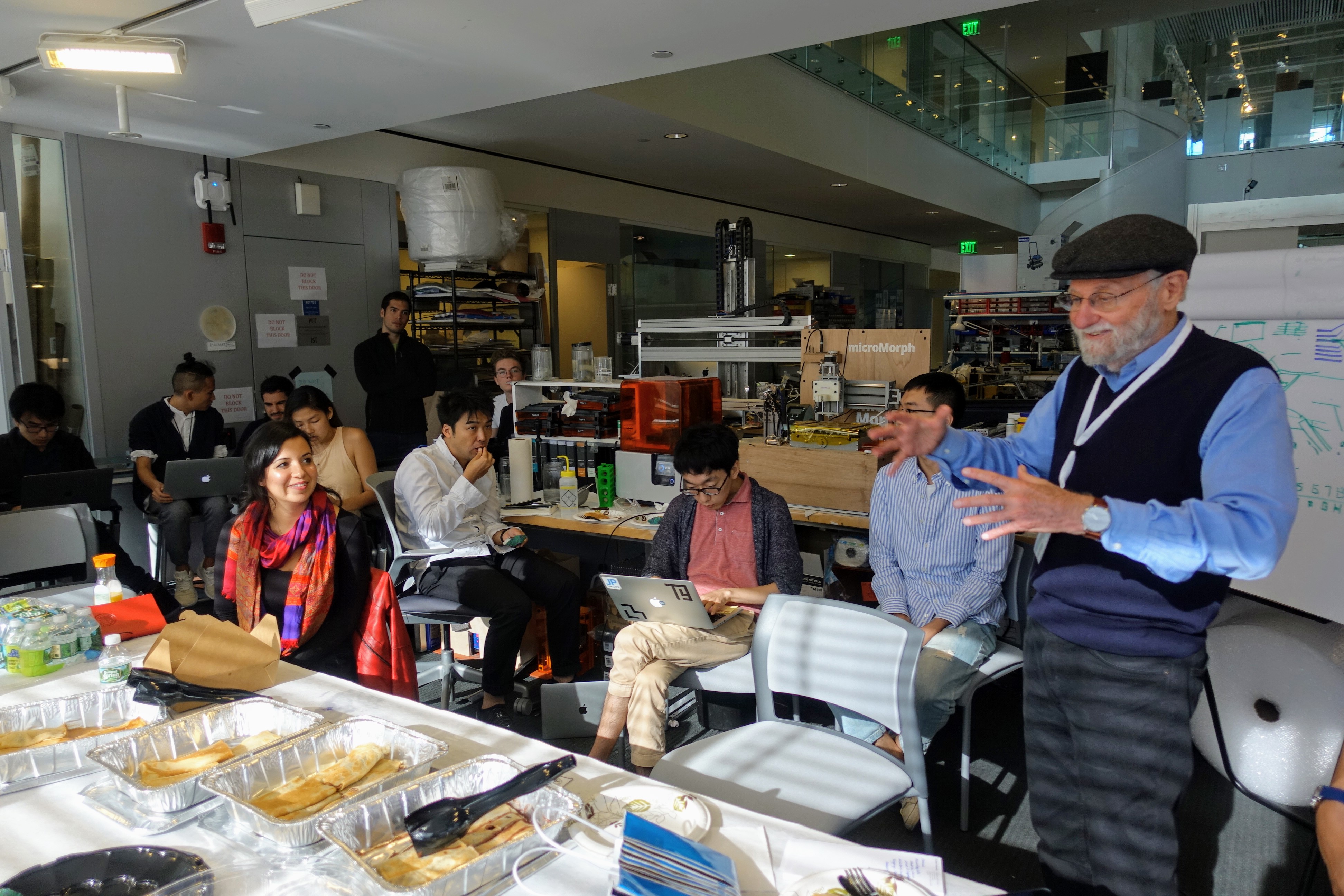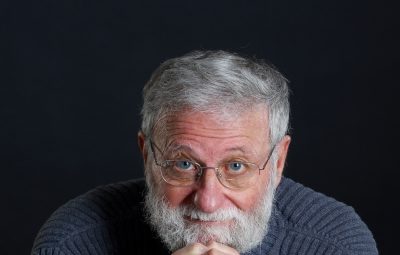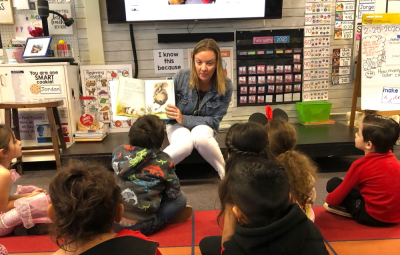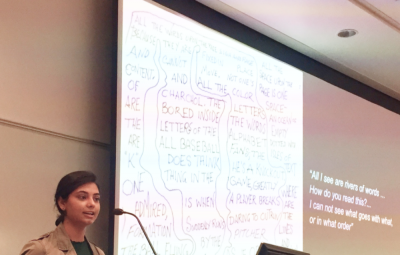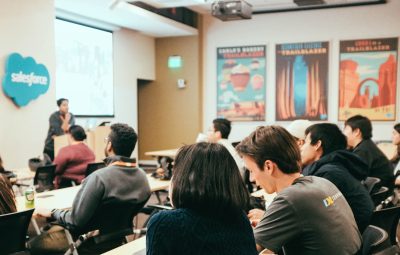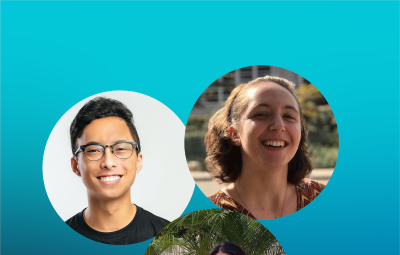No hackathon would be complete without cardboard prototypes strewn about the room, laptop screens glowing with code, and the edgy excitement of teams working against the clock. Hackathons concentrate the efforts of talented, highly motivated participants eager to develop new technologies. There is, however, often one key element missing from this picture: the people for whom these technologies might serve. This inspired The Design Lab to ask, “How might we make designing for people the central element of a hackathon?” Answer: we needed to make “design” a central component. Designathons and Design Swarms exist, but they didn’t quite fit our need to combine both designing and doing (hacking) in a very short, highly condensed manner. Eventually we ended up with Design·a·Hack·a·thon.
On September 15-17, The Design Lab joined forces with MIT’s Media Lab to organize a Design·a·Hack·a·thon at MIT’s campus in Cambridge, Massachusetts. Centered on the theme of the future of mobility in a city, the event was led by Colleen Emmenegger and Don Norman from The Design Lab and Kent Larson from the MIT Media Lab’s City Science group. Designers, engineers, urban planners, and others formed over 20 teams to address urban mobility challenges targeting three people-centric themes: Life Mobility, Socially Intelligent Robots, and The New Street. Mentors and judges from the public and private sectors, including the Department of Transportation, Ford, and Steelcase, shared interim feedback and selected top teams.
With the Design Lab’s leadership in people-centered mobility and MIT’s position on the cutting edge of technology, organizers and participants alike agreed that this is a powerful and promising partnership.
– Michèle Morris, Associate Director, UC San Diego Design Lab
While teams at a typical hackathon may immediately begin crafting prototypes, this Design·a·Hack·a·thon emphasized the central role of the people to be served. The first day focused on understanding mobility challenges by walking around the streets of Cambridge to observe people. By lunchtime of Day 1, teams began venturing into the neighborhoods of Boston. For example, some observed how auto drivers interact with pedestrians, while others interviewed bike commuters about safety concerns. On Day 2, teams leveraged this sharpened understanding of people’s needs to begin developing prototypes. Many iteratively gathered feedback over the course of the day (and night) by testing solutions with their intended audiences. Finally, on Day 3, teams delivered pitches, bringing their ideas to life through storytelling and prototypes.
Applying human-centered design to the hackathon was not always easy. When asked to share progress with judges and mentors at the end of Day 1, some teams had clearly rushed to solutions with no evidence that they were solving a useful problem: they had not gathered insights about the people they intended to support. Providing feedback to teams early and often—and encouraging teams to seek this input early and often—contributed to the quality of final projects by consistently grounding projects in the needs of real people.
In the end, all the judges were impressed with the quality and creativity of the teams. The experiment of merging Design and Hacking was a success.
We were delighted with the quality of the work and with the contestants’ rapid grasp of the need to design for people by actually interacting with the people for whom the project was intended. This was a great learning experience for everyone. We now intend to refine the process even more and to make it a core part of the Design Lab’s offerings to the community.
– Don Norman, Director, UC San Diego Design Lab
The Design·a·Hack·a·thon concept is the result of the work of many people. First, the Design Lab has been experimenting with similar concepts, especially in the “Design for San Diego” contests (D4SD). Second, Surya Vanka from Authentic Design (Seattle), inventor of the “Design Swarm,” provided considerable advice. And finally, the MIT and UC San Diego participants, the mentors, and the judges all spent long hours advising and coaching the contestants, and the contestants themselves worked hard to learn new methods, to test their ideas, and endured several long days of work with little sleep. This was truly a joint effort.
View the video that kicked off theDesign·a·Hack·a·thon.

